From pv magazine Global
Netherlands-based Rads Global Business BV has developed an anti-soiling and anti-reflective nanocoating for solar glass intended for application in existing PV systems.
Called HP+, the coating is claimed to increase power yield by between 4 and 7% compared to non-coated modules, over a period of up to five years. “Its cost is estimated at around €1.60 per module and application costs [are] approximately €0.10,” a spokesperson from the company told pv magazine. “But application costs may vary depending on local labor market conditions.”
The coating is currently being produced at different facilities in Germany, Belgium and the Netherlands. The coating process involves four nanomaterials. Three compounds called NanoClean, Vetra clean, and Vtranova are used for preparing the glass surface for the deposition of a fourth material, which is called HydroPlus and creates a 120nm thick coating layer on the glass surface. This final element plays a key role in giving the panel anti-soiling, anti-abrasion, self-cleaning, and anti-reflection properties.
The coating can be applied to the modules via a spray process by a specialized installer or a robot, onto PV systems that are at least two years old. The coating kits can be used by Rads’ partner companies and the robot can be supplied by Rads in the future. “We developed a prototype robot for coating in collaboration with the Delft University of Technology (TU Delft) and the design is under [an] iterative process for testing and deployment,” the spokesperson added.
According to the manufacturer, the cost of the coating has a payback time of 2.5 to four years, depending on the dust level of the site. “More dust and pollution at the site will lead to a shorter payback period,” the spokesperson specified. “The main cost is for nanomaterials and we already produce material in quantities which are good enough to have shorter payback times.”
The coating has already shown extremely good results in real field conditions, according to the company. It was already tested across 10 unspecified sites in Europe, Africa, India and the USA.
This content is protected by copyright and may not be reused. If you want to cooperate with us and would like to reuse some of our content, please contact: editors@pv-magazine.com.
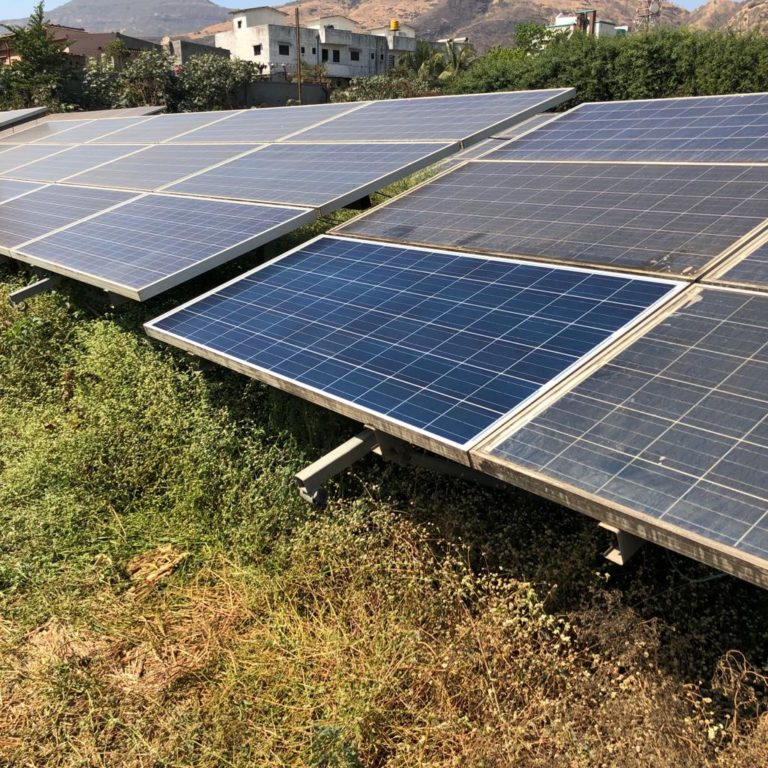




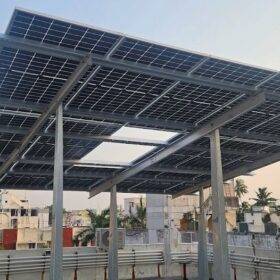
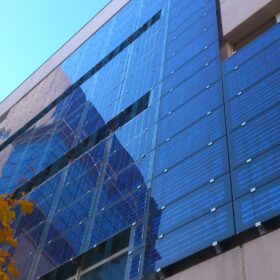
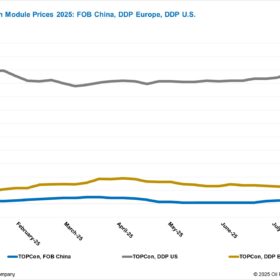
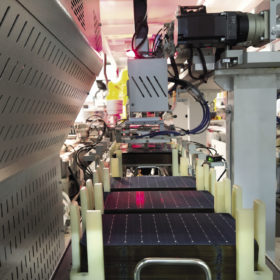
Instead of flat arrays a Semi Circular structure mount, placed East-West between houses/villas or as decorative arch in front , depending on which direction the house is built, will have its advantages. It can be used on farms while the ground below can be used for farming.
Halo. thank you for sharing.. in case i need to buy some, what is the procedures
and also which particular countries in africa have you tested HP+